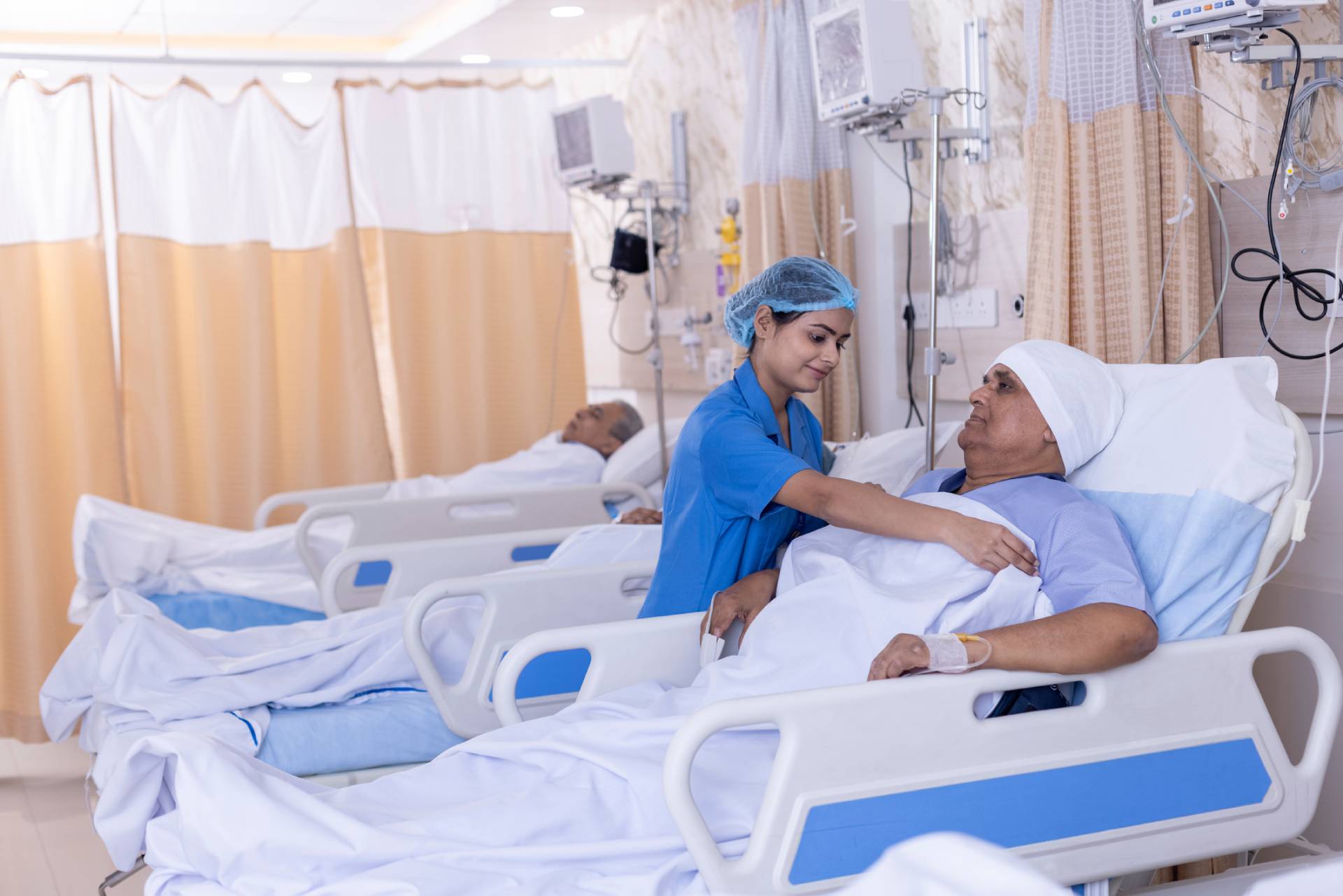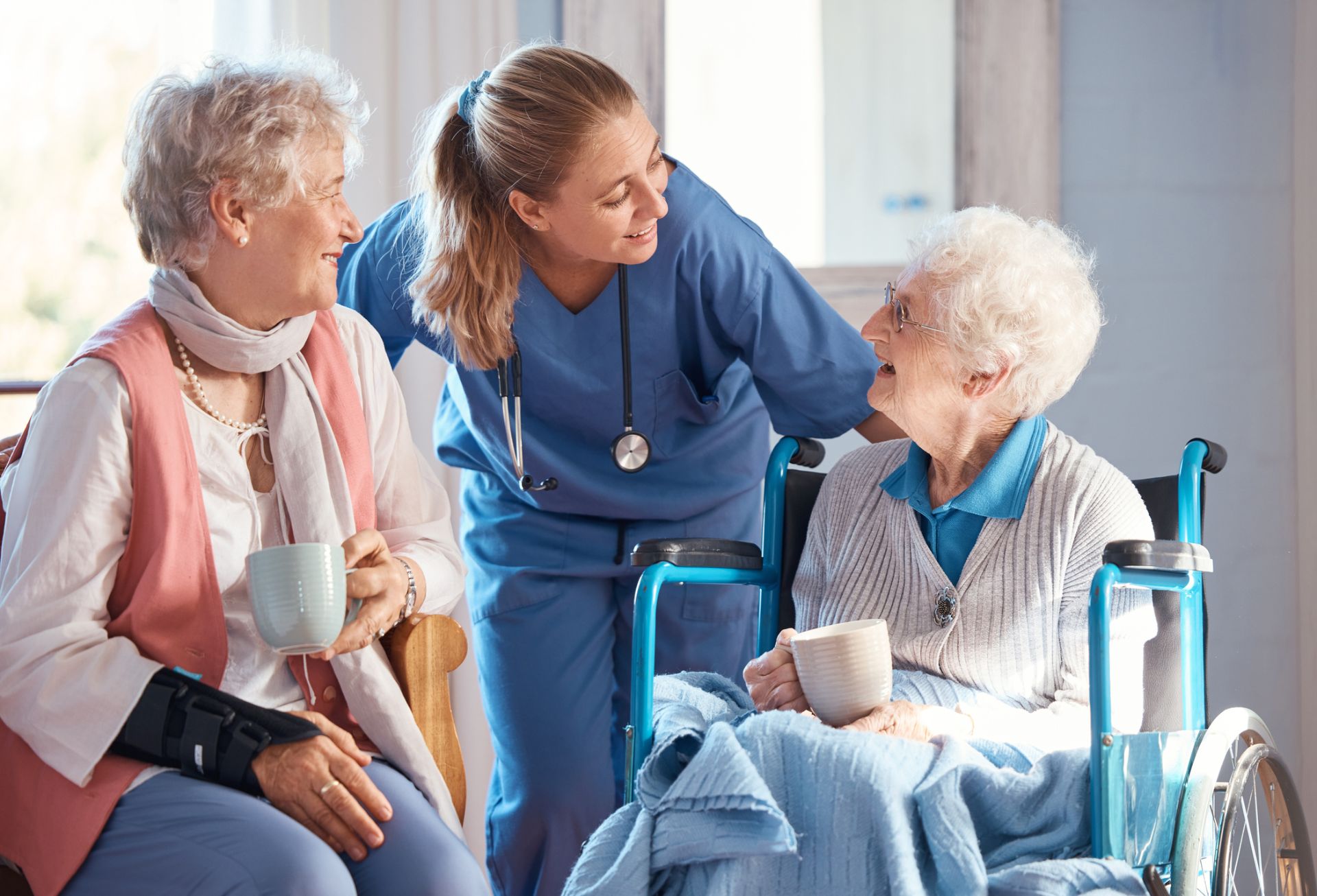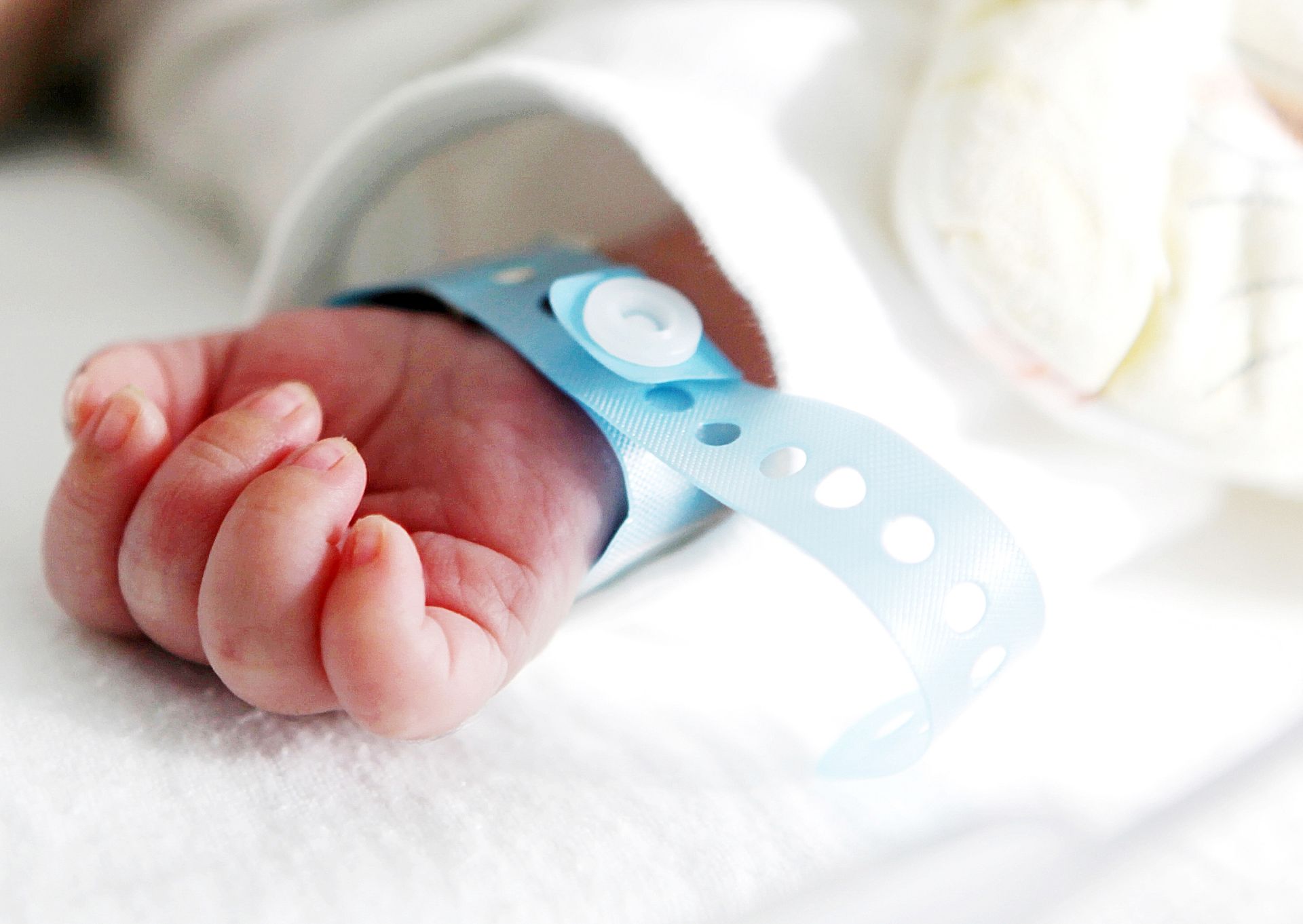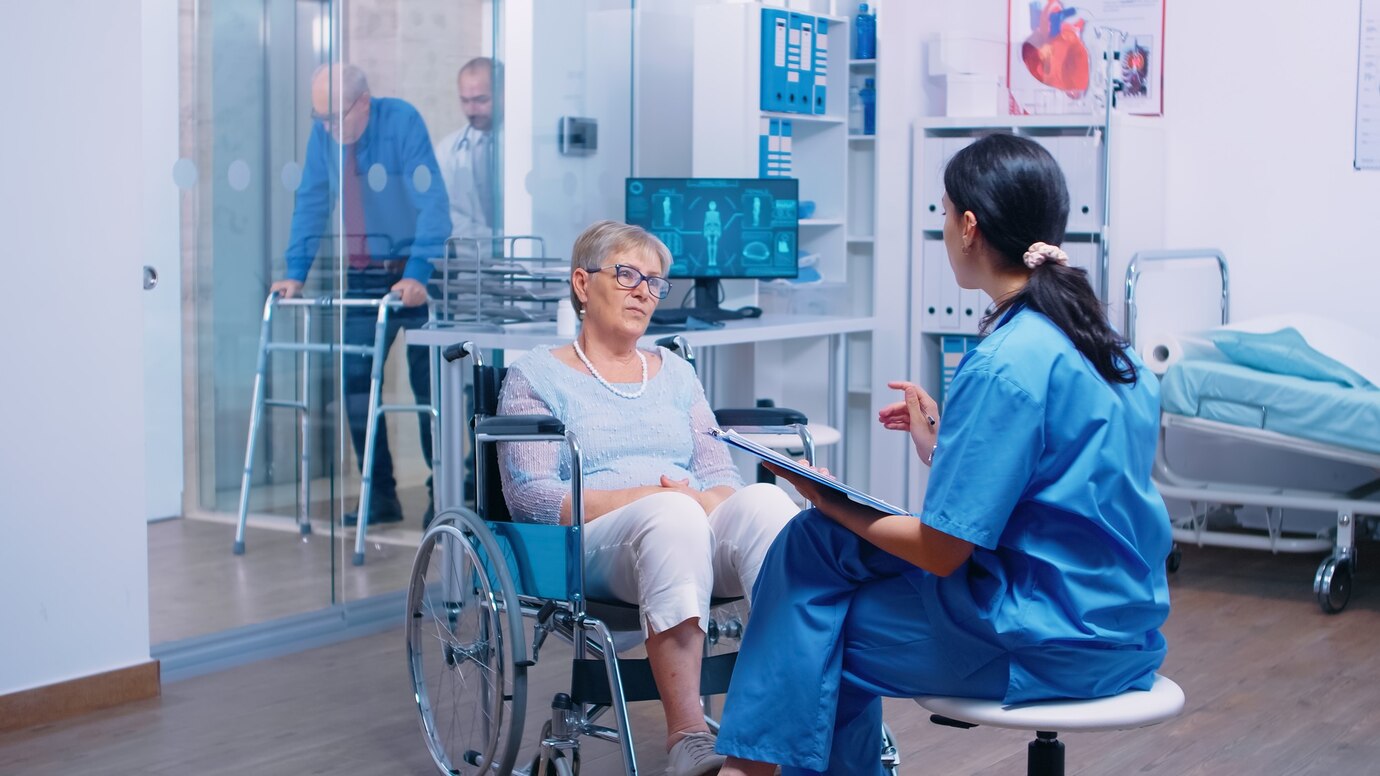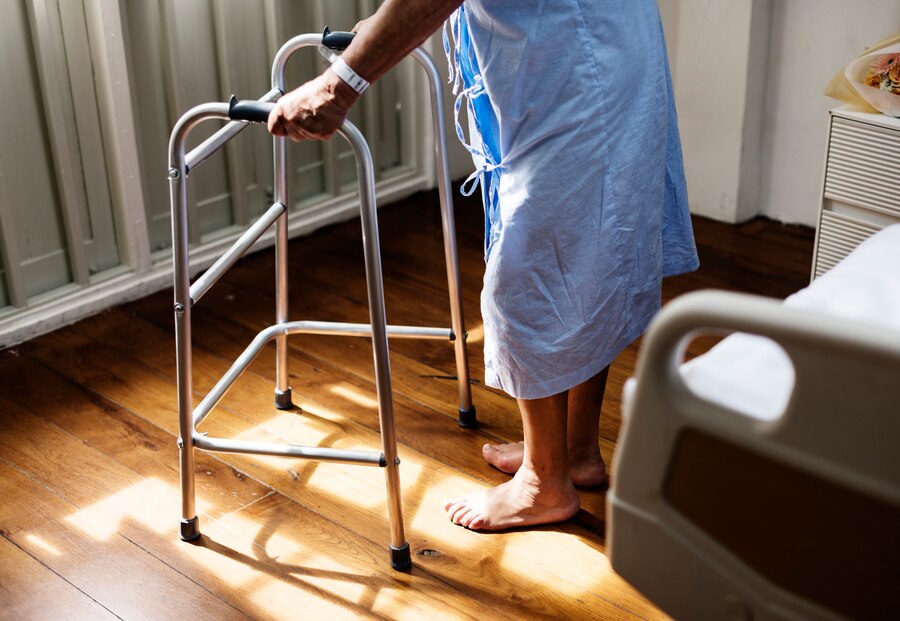
Falls are a Growing Problem
Falls occur at all ages but are common among older people. According to some studies, falls occur in 30% of adults aged over 65 annually. Falls are a common reason that older people are admitted to hospital.
Globally, falls are a major public health problem. According to WHO, an estimated 684 000 fatal falls occur each year, making it the second leading cause of unintentional injury death, after road traffic injuries. Death rates are highest among adults over the age of 60 years. Approximately 37.3 million falls are severe enough to require medical treatment each year.
A white paper on fall prevention published by NSW Government and Clinical Excellence Commission in 2023 highlights the growing problem of falls with an ageing population*. In 2021, fall-related injury hospitalizations among people aged 65+ years in NSW were 41,600, a 60% increase from 25,982 hospitalizations in 2010. This is projected to rise to 60,300 in 2041.
In the same study, each year over 395,200 fall-related patient-care days are needed by people over 65 years. The number is projected to jump to 543,400 in 2041. This is not just because there are more people over 65 in NSW. It is becoming more likely that an older person has to go to hospital because of a fall. Furthermore, admission to aged care is twice as likely for those hospitalized for a fall than for other reasons.
These trends and projections in NSW study underscore the urgency of fall prevention, especially in countries and regions facing an ageing pollution.
*The number of people aged over 65 living in NSW is projected to grow from 1.4m in 2021 to 1.77m (+26%) in 2031 and 2.02m (+44%) in 2041.
Table of Contents
Fall Prevention in Hospitals and Nursing Homes
Fall prevention in hospitals and nursing homes is a critical aspect of patient safety and quality of care. Falls can lead to significant injuries, increased healthcare costs, prolonged hospital stays, and post-fall syndrome of anxiety. The morbidity, mortality and financial burdens due to patient falls in hospitals and other healthcare settings pose major challenges to healthcare systems.
Falls occur due to the interplay between several factors: demographic factors, individual fall risk factors, organizations and settings, and intervention action taken. A systems approach is required at the individual, organizational, and policy levels to address the complexity of fall and its prevention.
Here are 10 key strategies for preventing falls in hospitals and nursing homes:
- Fall Risk Assessment
- Initial Assessment: Conduct a fall risk assessment for each patient/resident upon admission.
- Ongoing Evaluation: Regularly re-evaluate the risk of falls, especially after any change in the patient’s condition or medication.
- Environment Enhancements
- Safe Environment: Ensure that the hospital and nursing home environment is free of hazards. This includes keeping floors clean and dry, ensuring adequate lighting, and removing clutter.
- Assistive Devices: Provide necessary assistive devices, such as grab bars, non-slip mats, and mobility aids such as walkers.
- Bed and Chair Alarms: Utilize alarms to alert staff when high-risk patients attempt to get up without assistance.
- Staff Training and Awareness
- Training Programs: Implement regular training programs for staff on fall prevention techniques and the importance of vigilance.
- Communication: Foster effective communication among staff regarding patients’ fall risks.
- Patient and Family Engagement
- Informing Patients and Families: Educate patients and their families about the risk of falls and how they can help in prevention.
- Encouraging Participation: Encourage patients to call for assistance when needed and to use call buttons effectively.
- Medication Management
- Review Medications: Regularly review and manage medications that may increase the risk of falls, such as sedatives or blood pressure medications.
- Adjustments: Make necessary adjustments to reduce the side effects that contribute to falls.
- Physical Therapy and Exercise
- Exercise Programs: Implement exercise programs to improve balance, strength, and mobility.
- Physical Therapy: Provide access to physical therapy for patients who need it.
- Monitoring and Supervision
- Close Monitoring: Increase monitoring for high-risk patients, including frequent checks and ensuring they are within the view of staff.
- Supervision: Provide supervision during activities that pose a higher risk of falls, such as bathing or walking.
- Post-Fall Procedures
- Immediate Response: Develop a protocol for immediate response to falls to minimize injury and provide rapid care.
- Incident Reporting: Encourage and make it easy for staff to report incidents and capture all relevant information.
- Incident Review and Root Cause Analysis: Conduct a root cause analysis to understand why the fall occurred and implement changes to prevent future falls.
- Patient Reassessment: Re-evaluate the patient’s fall risk and update their care plan accordingly.
- Use of Technology
- Online Incident Reporting: Implement online incident reporting system to foster a culture of open communication and safety awareness. Make it easy for everyone to report incidents.
- Monitoring Systems: Implement fall detection and prevention technologies such as motion sensors, pressure-sensitive mats, and wearable devices that alert staff to patient movements.
- Electronic Health Records (EHR): Integrate fall risk assessments and prevention plans into the EHR system for better coordination.
- Quality Improvement Programs
- Regular Audits: Conduct regular audits of fall incidents and prevention practices to identify trends and areas for improvement.
- Feedback Mechanisms: Establish feedback loops for staff to report hazards, near-misses, and suggestions for improving fall prevention.
- Quality Improvement Programs: Engage in continuous quality improvement initiatives to refine fall prevention strategies and protocols.
- Data Collection: Collect comprehensive data on falls and analyze the data to identify trends and areas for improvement.
Key Messages
- The world’s population is ageing in many regions. Falls and related injuries are increasingly common, making their prevention and management in hospitals and other healthcare settings a critical challenge.
- Falls are preventable. Fall and injury prevention needs multidisciplinary management. Multidomain interventions (i.e. a combination of interventions tailored to the individual), when delivered, are effective for reducing the rate of falls in high-risk community-dwelling older people.
- In hospital and care home settings, all older adults should be considered as high risk and a standard comprehensive assessment followed by multidomain intervention should be considered.
- Engaging older people is essential for prevention of falls and injuries: understanding their beliefs, attitudes and priorities about falls and their management is crucial to successfully intervening.
- By fostering a culture of safety and vigilance, hospitals and nursing homes can significantly reduce the incidence of falls and improve the overall well-being of their patients and residents.
You may be interested to read QUASR blog on patient falls titled Preventing Patient Falls: The Critical Role of Incident Reporting.
Empowering Patient Fall Reporting with QUASR
QUASR is a cloud-based healthcare incident reporting system. It offers features and functionalities that encourage the reporting of patient fall incidents, facilitate collaboration, enable analysis, and track actions. QUASR Patient Fall Form is designed in stepper form format with skip-logic condition, making it user-friendly. Users are guided throughout the form to ensure all relevant data is entered. The form is easily configurable to meet the requirements of specific healthcare settings. Click the link below to download.
Digital Incident Reporting
To view QUASR Patient Fall Form and the complete incident reporting workflow in the system, click the link below to request a free demo.
Start your 14-day free trial or get a demo of our premium software.

